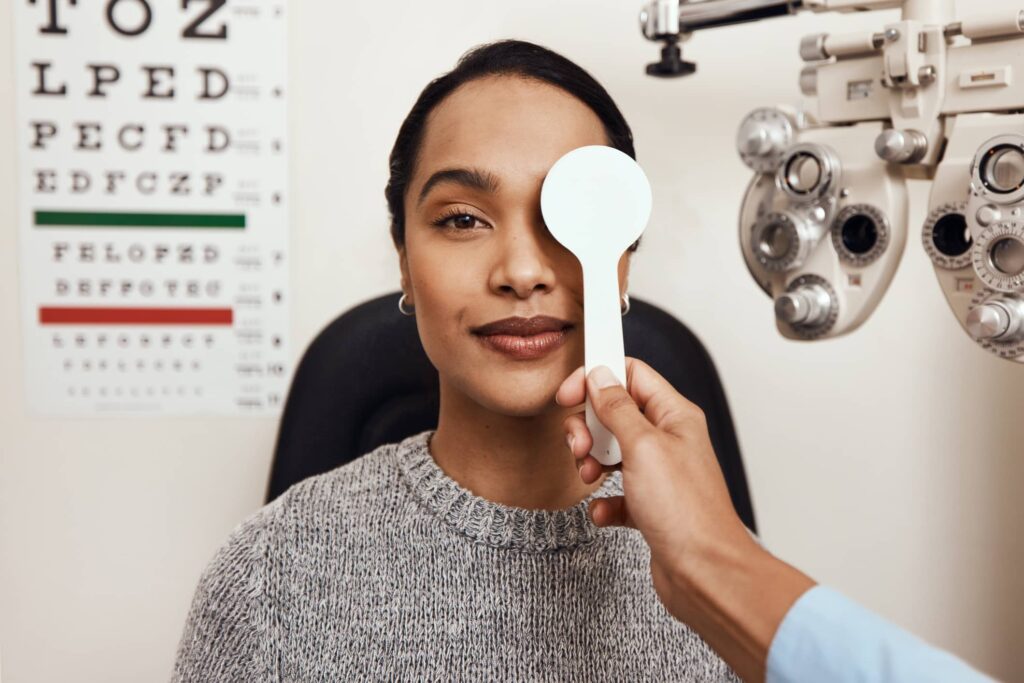Featured
Table of Contents

Normal eye exams are vital for maintaining excellent vision and detecting possible eye wellness issues early. However, the frequency of these tests can vary dramatically based upon an individual's age, way of living, and total health and wellness. Recognizing the suggested routine for eye tests can assist make sure that individuals of any ages obtain proper treatment and surveillance for their eye health.
Infants and Toddlers (0-2 Years)
For infants and kids, eye examinations are vital for finding any type of potential vision issues at an early stage. The American Academy of Ophthalmology advises that a youngster's first eye test ought to happen at around six months old. Throughout this preliminary check out, the eye treatment professional will assess the youngster's aesthetic growth and check for any obvious eye problems.Following this first test, it is recommended that children have one more eye exam at age 3. This go to will concentrate on assessing the youngster's overall aesthetic feature, including eye positioning and the capability to track things. If no issues are spotted, the next test must be scheduled prior to the youngster begins school, usually around age five or six.
School-Aged Children (6-18 Years)
Once youngsters get to institution age, routine eye examinations should be scheduled every one to two years. Vision is vital for finding out and advancement, and many schools perform vision screenings. These testings do not change an extensive eye test by an eye treatment specialist.For youngsters associated with tasks or sports calling for significant aesthetic focus, annual eye examinations might be a good idea. Additionally, if a youngster exhibits signs of vision issues-- such as trouble reviewing, scrunching up your eyes, or regular migraines-- a see to the eye medical professional ought to be arranged as quickly as feasible.
Young Person (19-39 Years)
Youthful grownups commonly have less vision changes than older age groups, however normal eye tests remain vital. The basic suggestion is to set up an eye test every two years during this period. People with details threat variables-- such as a household background of eye illness, diabetic issues, or those who put on call lenses-- need to consider annual eye tests.Additionally, those that invest significant time on electronic gadgets might experience electronic eye pressure. If signs and symptoms such as dryness, exhaustion, or obscured vision occur, it may be smart to see an eye care professional sooner.
Grownups (40-64 Years)
As people get in midlife, the probability of developing vision troubles boosts. Adults aged 40 to 64 should set up eye examinations each to 2 years. This age group may begin to experience presbyopia, an all-natural age-related condition that makes it challenging to concentrate on close items. Eye exams can additionally help find various other typical age-related conditions such as glaucoma, cataracts, and macular deterioration.If individuals in this age team have risk elements such as hypertension or diabetes, they might call for more constant assessments to check their eye health very closely.
Elders (65 Years and Older)
For elders, routine eye examinations end up being much more crucial. The American Optometric Organization recommends that people aged 65 and older have an eye test a minimum of annually. Older grownups are at a greater risk for different eye illness, consisting of cataracts, glaucoma, and age-related macular degeneration. Early detection and therapy of these conditions can prevent vision loss and improve the quality of life.Conclusion.
Recognizing the suitable schedule for eye exams based on age is important for preserving ideal eye wellness throughout life. By adhering to these guidelines and seeking advice from with an eye treatment expert, individuals can take aggressive actions towards maintaining their vision and general wellness.Table of Contents
Latest Posts
Experience Coastal Elegance at Deauville Inn
Published Mar 31, 25
1 min read
Picking the Right Location: What to Think about for Weddings, Conferences, and Occasions
Published Mar 20, 25
1 min read
Budgeting for Continuous Panel Fencing: Understanding the Costs
Published Feb 11, 25
1 min read
More
Latest Posts
Experience Coastal Elegance at Deauville Inn
Published Mar 31, 25
1 min read
Picking the Right Location: What to Think about for Weddings, Conferences, and Occasions
Published Mar 20, 25
1 min read
Budgeting for Continuous Panel Fencing: Understanding the Costs
Published Feb 11, 25
1 min read